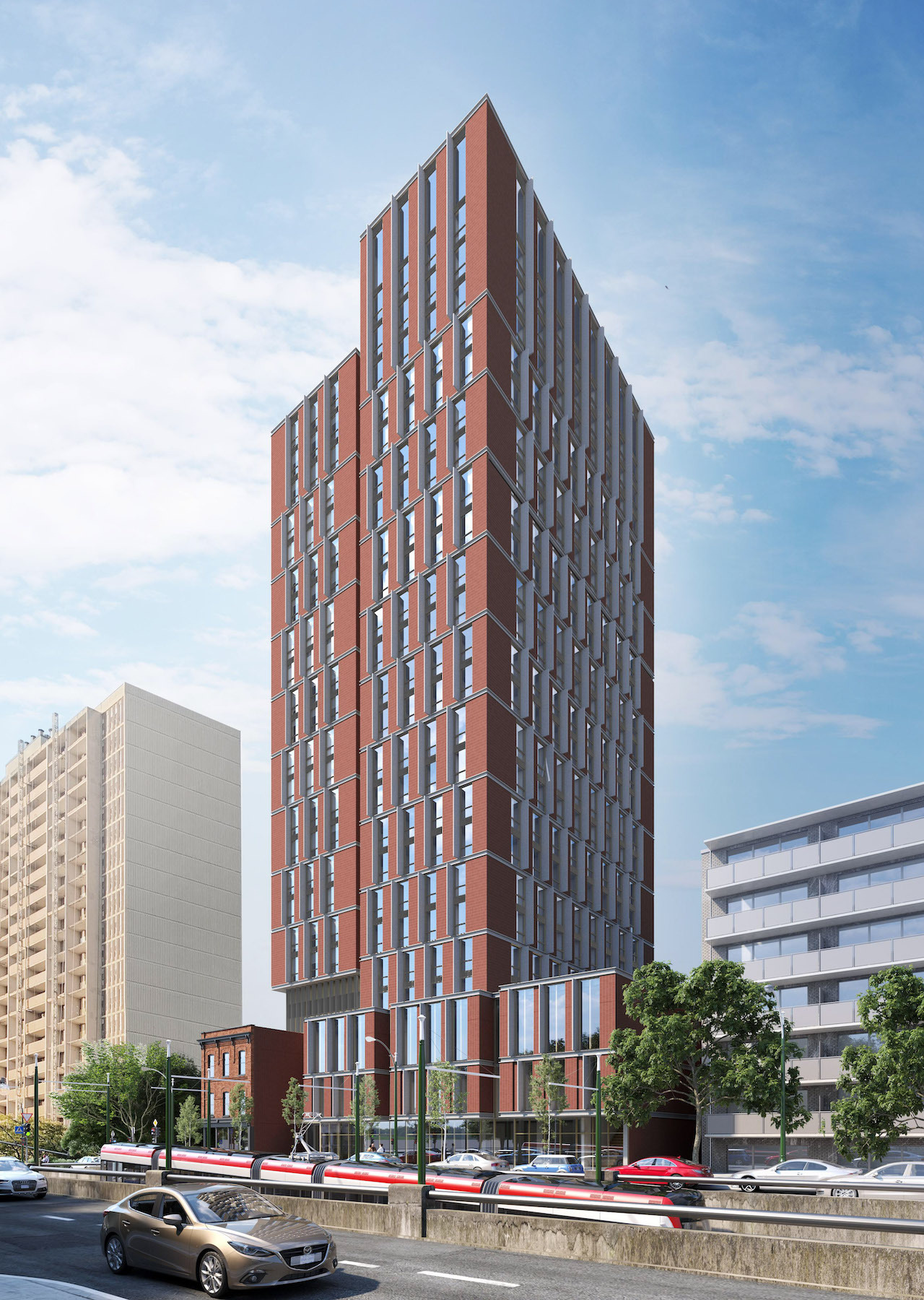Paris has relatively few high-rise buildings and a high population density. Its population is 2.2 million in the city itself, with 21,000 people living per square kilometre.
To get that kind of density without high-rise buildings in Toronto, you’d have demolish large swaths of the city with old houses and replace them with midrises. It’s feasible, but I’m not sure it’s desirable. However, we need to be more flexible in terms of what can be built in neighbourhoods and with minimum parking requirements.
I have emphasized one bit there.........because I think it merits a bit of shaping...
Putting aside the scale, cost, environmental and political implications...........I would argue it is actually not feasible, in most respects.
Let me elaborate.
The built form in much of Paris comes with either no elevator, or only 1, this would not be acceptable today.
In many case the units are organized in such a way as to preclude elevators, (units all face an internal stair case); reorganizing within the built form (midrise) is certainly possible, but you can't get the same density into the same height.
There are further complications, many/most of these buildings lack parking; Paris has considerably less parkland than Toronto; and that factors into a density calculation. Where Paris is partially built within the floodplain of the Seine River, we don't allow that here.
There are a host of other issues in terms of current building/fire code, accessibility, etc; that even if we were willing and able to completely reimagine the road grid (changing block shapes and sizes to maximize density) we simply couldn't match that Paris number.
So yes, it's theoretically possible to re-do the City; but under contemporary laws/regulations and standards we cannot duplicate the same density in the same built-form; you would have to pick one.
***
As a side note, I happen to quite like Paris; but I find the built form a tad monotonous; it's cohesive mind you, but it's a lot of the same; it's also very, very grey.
***
Perhaps this tangent should move elsewhere though, as we are wandering a wee bit from Mirvish.
